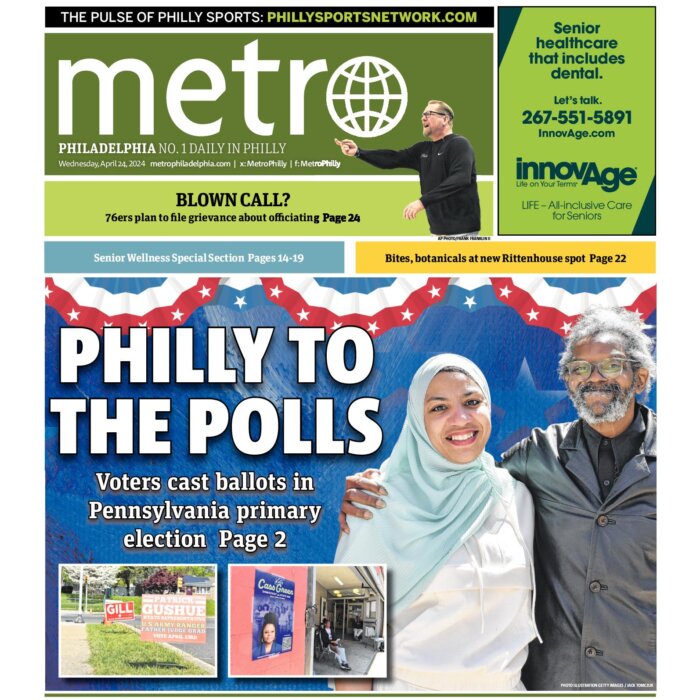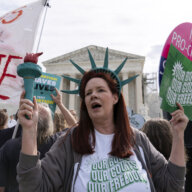One year after President Trump won the 2016 election, many people still are asking the same question: Why? Why? Why?
It’s not just a left-wing stance, but something even detached political observers have asked, given that Trump won in areas which previously went Democrat for Barack Obama in 2008 and 2012, like Northampton County in Pennsylvania.
A study out of Drexel University’s Urban Health Collaborative may provide a clue, with a new paper finding that counties that went for Trump tended to have high health inequality and increasing mortality rates for middle-aged whites.
“It basically started the night of the election. I was looking at a map of where voting for Trump was most intense,” said Usama Bilal, MD, PhD, a postdoctoral research fellow at Drexel. “I thought, ‘This looks like the same area where we have had a worsening of public health in the last three years. What if this is actually the case?’”
The hypothesis was proven true, after Bilal, along with fellow academics Emily Knapp of Johns Hopkins and Richard Cooper of Loyola University in Chicago, studied data from 2,764 counties across the country, representing 91 percent of the nation’s counties.
Their paper, published in Social Science and Medicine, found counties that went Democratic in 2008 and 2012 but flipped Republican in 2016, averaged an increase of 10.7 deaths per 100,000 people among white, middle-aged (45-54) citizens. Counties that had gone Democratic before and stayed Democratic showed a decrease of 15.7 deaths per 100,000 in the same group.
These trends were consistent across states key to Trump’s win: Iowa, Ohio, Pennsylvania, Michigan, Wisconsin and Florida. They also held true regardless of how the counties voted in the past elections, with counties that went Republican showing an increase in mortality rates among this demographic.
The study also looked at health inequality, based on comparing life expectancies for the wealthiest 25 percent versus the poorest 25 percent in those counties, and found it was widest in counties that voted Republican.
“Health inequalities are a sign of a society that does not do enough to protect people that don’t have enough,” Bilal said. “What we are thinking about is, ‘Is this worsening of mortality rates a marker of something deeper?’ … We think this is the result of worsening in other things, employment, economic opportunity, etc.”
While Bilal said this study was limited to just mortality rates and health inequality, other academics have termed recent increases in mortality among whites – typically precipitated by alcohol/opiate abuse or suicide – “deaths of despair.”
“We entertain the idea that mortality itself is a marker of underlying social conditions that are often reflecting changing political landscapes,” Bilal said. “We should consider public health as a potent marker of social upheaval. Moreover, the health of the electorate — especially those middle-aged folks who are dying prematurely — is central to a democracy.”





























